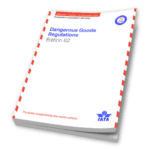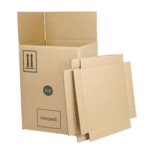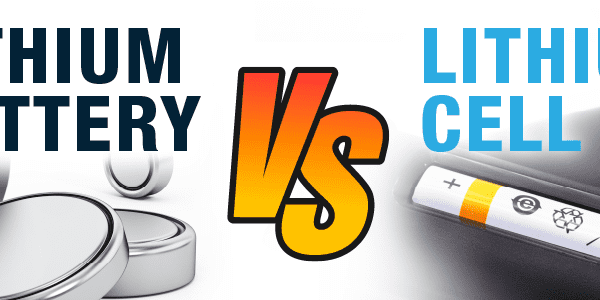This post was originally published in November 2019 and has been updated in January 2023 for accuracy.

Every few days one of our customers will call our Regulatory Helpline with questions about overpacks. Given the complexity of them, it is time to set the record straight. The focus for this blog will be the IATA Dangerous Goods Regulations as they seem to give a clearer picture, in my opinion, than those of 49CFR for US ground, IMDG for international vessel, and TDG Canadian ground regulations.
To start, let’s look at a few definitions. These are found in IATA’s Appendix A. Some of these may seem silly on the surface, but they are needed to drive the point home about overpacks. These definitions will all pertain to non-radioactive shipments.
- Packaging: One or more receptacles and any other components or materials necessary for the receptacles to perform their containment and other safety functions and to ensure compliance with the minimum packing requirements of these Regulations.
- Package: The complete product of the packing operation consisting of the packaging and contents prepared for transport.
- Overpack: An enclosure used by a single shipper to contain one or more packages and to form one handling unit for convenience of handling and stowage. Dangerous goods packages contained in the overpack must be properly packed, marked, labelled and in proper condition as required by these Regulations. Note: Shrink-wrap or banding may be considered an overpack.
What is all of that in reality? Packagings are the pieces and parts that work together to make a final package. These are things like bottles, boxes, absorbent materials and even tape that make up combination packaging kits. Packagings also include things like drums, jerricans, and IBCs. Depending on the parts and how they are put together, they may have to be tested under the UN Packaging Standards. Many also have specific instructions for use and closure. A Package then is the final box, drum, etc. filled with a dangerous good that will be picked up and shipped. It is simply waiting around for a carrier to come and get it.
Now, an Overpack is in very simple terms a way to corral multiple Packages. It is an easy way to move a whole bunch of stuff quickly, easily and cheaply. They are not created from UN rated or tested packagings. They do not have to comply with any type of standards. They don’t come with instructions. There is literally nothing fancy about them. By definition, they are also NOT a package.
Why is this such a big deal? Well, it comes down to two main things – marks on the package and paperwork. This information is found in 7.1.7 and 8.1.6.9.2 step 7 respectively. You are required to list the net quantity weight/volume of dangerous goods on a package when there are different dangerous goods or different amounts of dangerous goods in packages. Net quantity does not apply to any packaging materials. Occasionally when the letter “G” is found in the Dangerous Goods List, the gross weight is required on packages. A gross weight, per Appendix A, is the total weight of the package as presented for transport. Many shippers think this means the gross weight of the packages and materials making up the overpack, but this is incorrect because overpacks are not packages. For a shipper’s declaration, for the “quantity and type of packing”, similar rules apply. The term “overpack used” is also required and luckily, there are several examples for how to do this starting with Figure 8.1.J through 8.1.N.
Now as a side note, none of the regulations of 49CFR, TDG and IMDG require net quantity marks to be placed on packages. Now, the paperwork for each of them does require the total net quantity of dangerous goods in the shipment. Again, not package weights and overpacks have no bearing here.
Carriers may ask for total gross weights of “shipments”. These could require the weight of all packages, dangerous goods, and overpack materials. This type of weight is needed to balance loads and not overweight transport vehicles.
By the way, any time the word overpack is required on the outside of the overpack container, be sure it is 12 millimeters (~0.5 inches) tall. This is a requirement in all of the transport regulations.
Hopefully, this was helpful. If you ever find yourself in doubt, give our Regulatory Helpline a call. The number is 855-734-5469. It is a free service we offer to our customers. We also have a nice selection of overpack boxes and preprinted marks for use.
Stay up to date and sign up for our newsletter!
We have all the products, services and training you need to ensure your staff is properly trained and informed.
 IATA Publications |

|

|

|






 ICC USA
ICC USA ICC Canada
ICC Canada